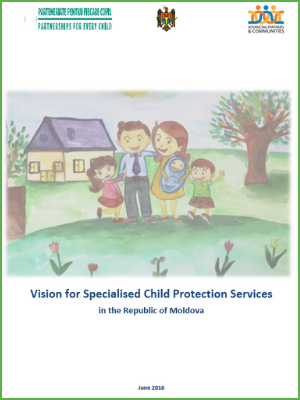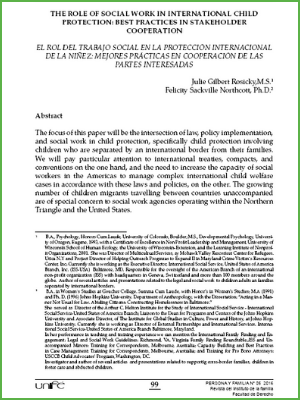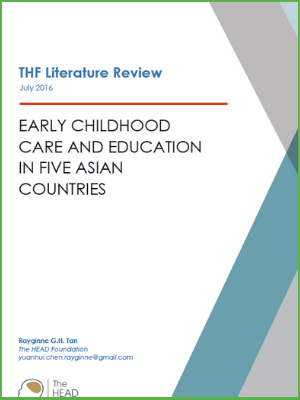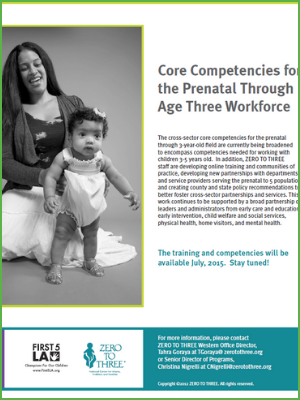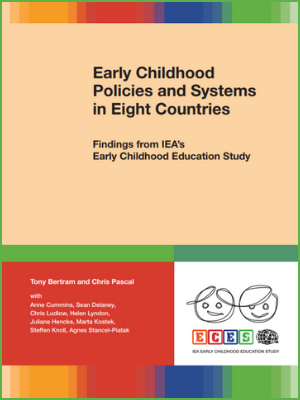Summary:
Early Learning Career Pathways Initiative: Credentialing in the Early Care and Education Field introduces a career pathways framework 4 in use by several federal agencies, provides a national landscape of states’ requirements for ECE staff related to credentialing, highlights five states at various points in the development of ECE career pathways, and shows how early learning system components used in the majority of states align with the Six Key Elements of Career Pathways Framework that other industries use. The elements in this framework are:
Element 1. Build Cross-Agency Partnerships and Clarify Roles: Engage key cross-agency partners at the local and state levels, agree to a shared vision, and gain support from political leaders. Clearly define and formalize roles and responsibilities.
Element 2. Identify Sector or Industry and Engage Employers: Select sectors and industries and engage employers in the development of career pathways.
Element 3. Design Education and Training Programs: Design career pathway programs to provide a clear sequence of education and credentials that meet the skill needs of high-demand industries.
Element 4. Identify Funding Needs and Sources: Raise and/or leverage resources necessary to develop and operate the career pathway system and its education and training programs.
Element 5. Align Policies and Programs: Pursue state and local policy and administrative reforms in order to promote career pathway system development and to support implementation.
Element 6. Measure System Change and Performance: Assess system-wide change and measure performance outcomes to ensure continuous improvement.
